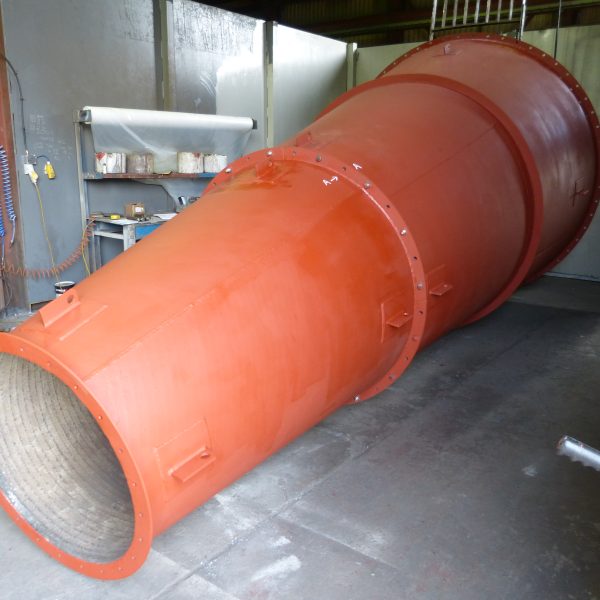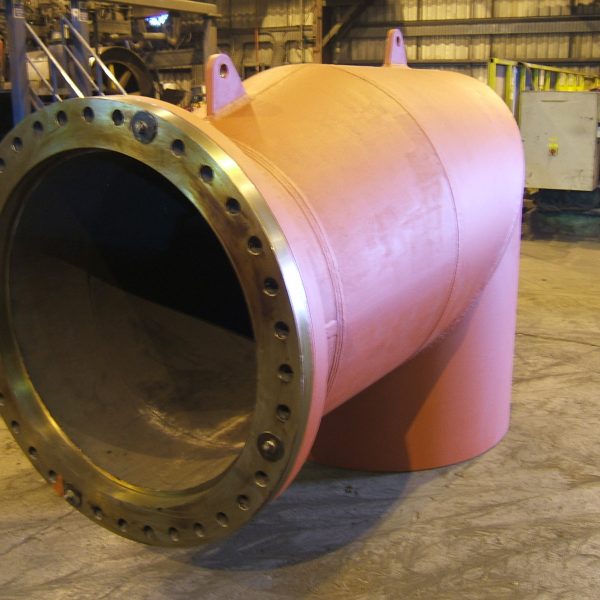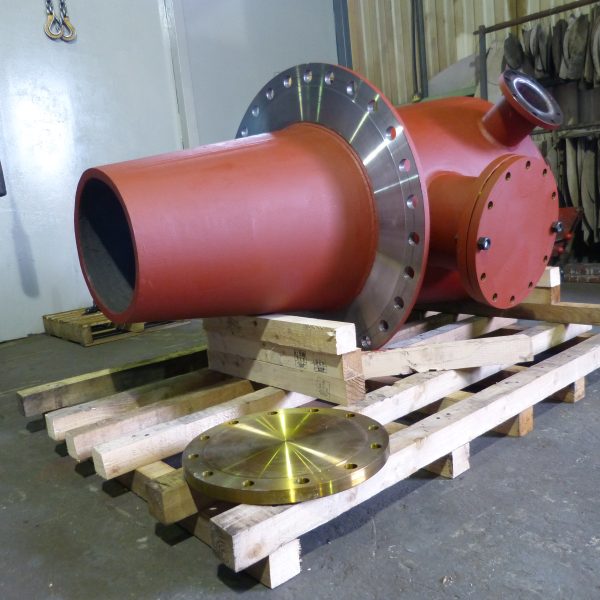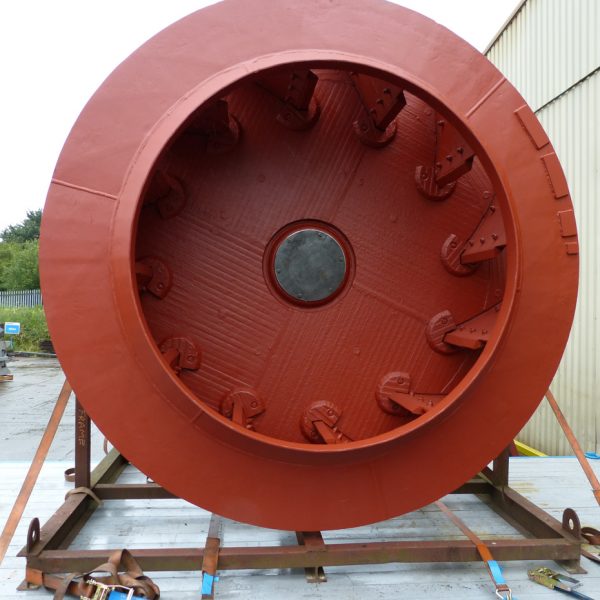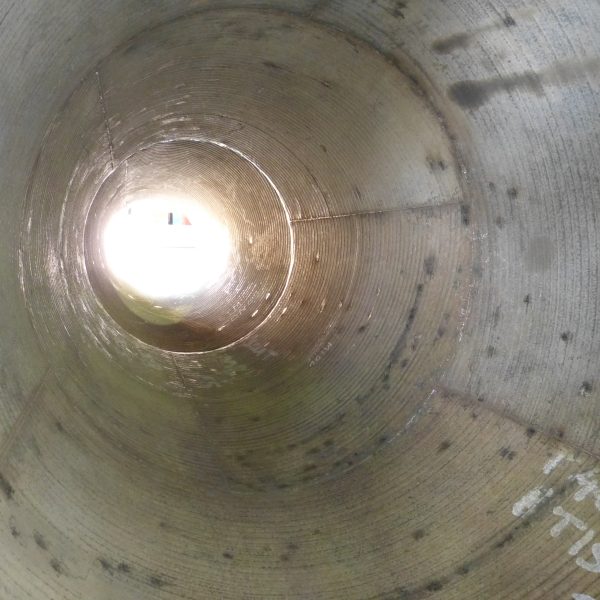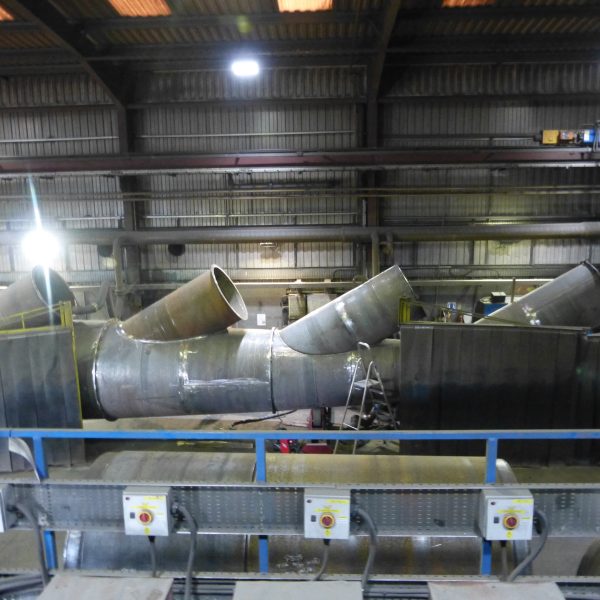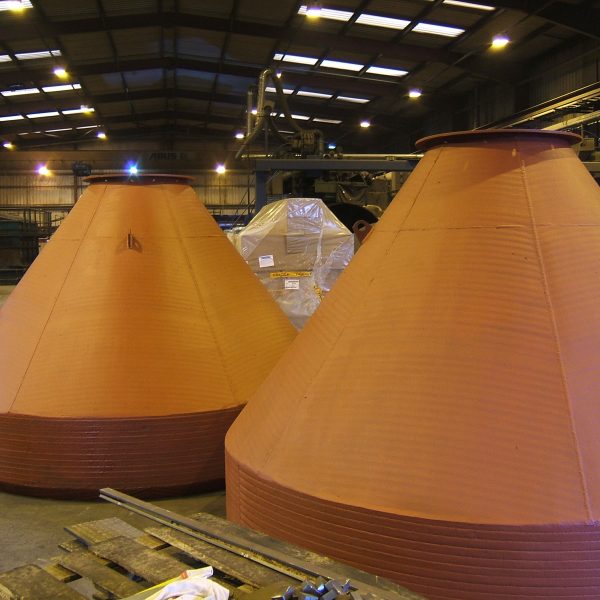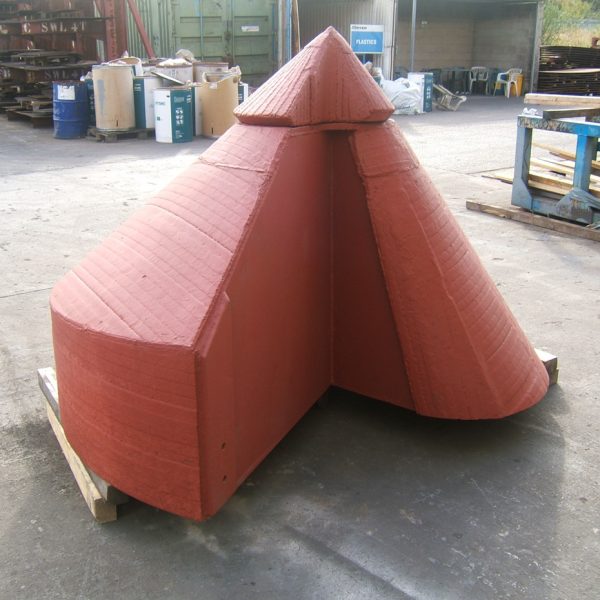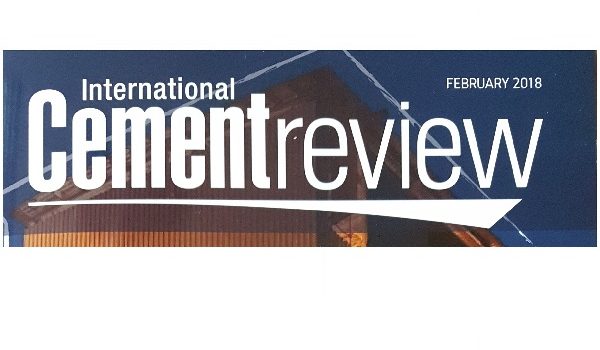
International Cement Review article – Hardfacing challenges
by Phil Leonard, Red Dog Linings Ltd, UK
In many cases hardfaced wear plates can extend the lifespan of key production equipment in the challenging environment of the cement plant. Key to their durability is the welding technology employed in their manufacture.
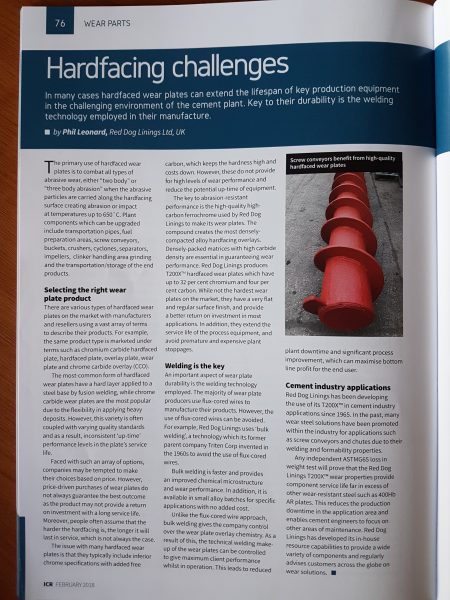 The primary use of hardfaced wear plates is to combat all types of abrasive wear, either “two body” or “three body abrasion” when the abrasive particles are carried along the hardfacing surface creating abrasion or impact at temperatures up to 650˚C. Plant components which can be upgraded include transportation pipes, fuel preparation areas, screw conveyors, buckets, crushers, cyclones, separators, impellers, clinker handling area grinding and the transportation/storage of the end products.
The primary use of hardfaced wear plates is to combat all types of abrasive wear, either “two body” or “three body abrasion” when the abrasive particles are carried along the hardfacing surface creating abrasion or impact at temperatures up to 650˚C. Plant components which can be upgraded include transportation pipes, fuel preparation areas, screw conveyors, buckets, crushers, cyclones, separators, impellers, clinker handling area grinding and the transportation/storage of the end products.
Selecting the right wear plate product
There are various types of hardfaced wear plates on the market with manufacturers and resellers using a vast array of terms to describe their products. For example, the same product type is marketed under terms such as chromium carbide hardfaced plate, hardfaced plate, overlay plate, wear plate and chrome carbide overlay (CCO).
The most-common form of hardfaced wear plates have a hard layer applied to a steel base by fusion welding, while chrome carbide wear plates are the most popular due to the flexibility in applying heavy deposits. However, this variety is often coupled with varying quality standards and as a result, inconsistent ‘up-time’ performance levels in the plate’s service life.
Faced with such an array of options, companies may be tempted to make their choices based on price. However, price-driven purchases of wear plates do not always guarantee the best outcome as the product may not provide a return on investment with a long service life. Moreover, people often assume that the harder the hardfacing is, the longer it will last in service, which is not always the case.
The issue with many hardfaced wear plates is that they typically include inferior chrome specifications with added free carbon, which keeps the hardness high and costs down. However, these do not provide for high levels of wear performance and reduce the potential up-time of equipment.
The key to abrasion-resistant performance is the high-quality high-carbon ferrochrome used by Red Dog Linings to make its wear plates. The compound creates the most densely compacted alloy hardfacing overlays. Densely-packed matrices with high carbide density are essential in guaranteeing wear performance. Red Dog Linings produces T200XTM hardfaced wear plates which have up to 32 per cent chromium and four per cent carbon. While not the hardest wear plates on the market, they have a very flat and regular surface finish, and provide a better return on investment in most applications. In addition, they extend the service life of the process equipment, and avoid premature and expensive plant stoppages.
Welding is the key
An important aspect of wear plate durability is the welding technology employed. The majority of wear plate producers use flux-cored wires to manufacture their products. However, the use of flux-cored wires can be avoided. For example, Red Dog Linings uses ‘bulk welding’, a technology which its former parent company Triten Corp invented in the 1960s to avoid the use of flux-cored wires.
Bulk welding is faster and provides an improved chemical microstructure and wear performance. In addition, it is available in small alloy batches for specific applications with no added cost.
Unlike the flux-cored wire approach, bulk welding gives the company control over the wear plate overlay chemistry. As a result of this, the technical welding makeup of the wear plates can be controlled to give maximum client performance whilst in operation. This leads to reduced plant downtime and significant process improvement, which can maximise bottom line profit for the end user.
Cement industry applications
Red Dog Linings has been developing the use of its T200X™ in cement industry applications since 1965. In the past, many wear steel solutions have been promoted within the industry for applications such as screw conveyors and chutes due to their welding and formability properties.
Any independent ASTMG65 loss in weight test will prove that the Red Dog Linings T200X™ wear properties provide component service life far in excess of other wear-resistant steel such as 400Hb AR plates. This reduces the production downtime in the application area and enables cement engineers to focus on other areas of maintenance. Red Dog Linings has developed its in-house resource capabilities to provide a wide variety of components and regularly advises customers across the globe on wear solutions.
Article from International Cement Review – February 2018
